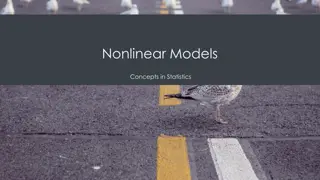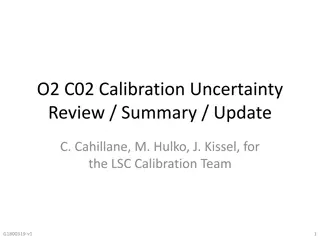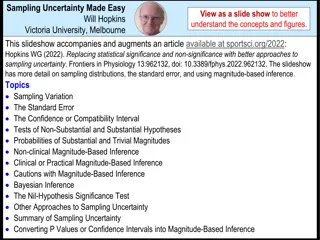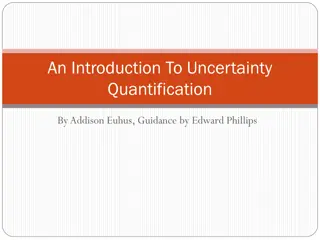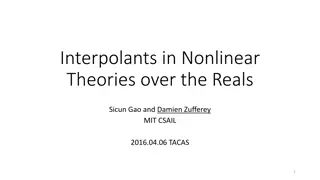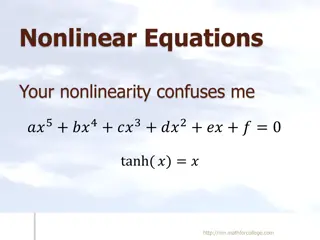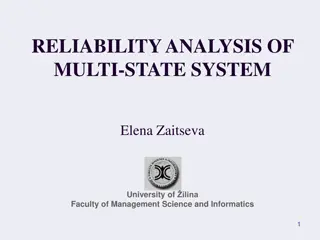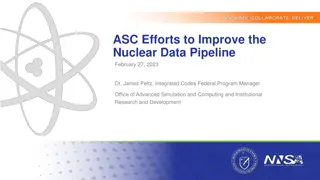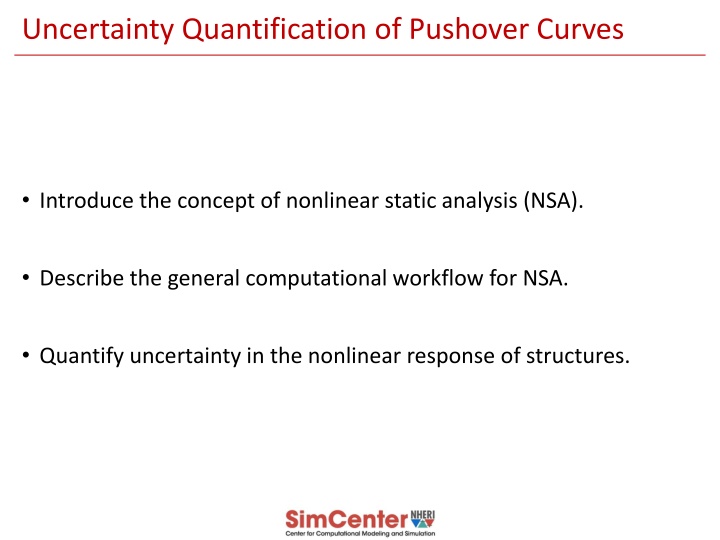
Uncertainty Quantification in Nonlinear Structural Response
Explore the concept of Nonlinear Static Analysis (NSA) and the computational workflow. Understand uncertainty in structures' nonlinear behavior, including ductility, energy dissipation, and system overstrength. Visualize pushover curves and the setup of nonlinear models for building analysis.
Download Presentation

Please find below an Image/Link to download the presentation.
The content on the website is provided AS IS for your information and personal use only. It may not be sold, licensed, or shared on other websites without obtaining consent from the author. If you encounter any issues during the download, it is possible that the publisher has removed the file from their server.
You are allowed to download the files provided on this website for personal or commercial use, subject to the condition that they are used lawfully. All files are the property of their respective owners.
The content on the website is provided AS IS for your information and personal use only. It may not be sold, licensed, or shared on other websites without obtaining consent from the author.
E N D
Presentation Transcript
Uncertainty Quantification of Pushover Curves Introduce the concept of nonlinear static analysis (NSA). Describe the general computational workflow for NSA. Quantify uncertainty in the nonlinear response of structures.
Conventional Seismic Design Traditional (Building code) Approach for New Buildings Linear analysis model Simplified design base shear Prescriptive details Uncertain outcomes Owners informed of code conformance, but not building performance. O P E N ? =??? ?? =???????? ? R = 2 to 8
Conventional Seismic Design In design by elastic analysis, nonlinear behavior is represented by an R factor that accounts for: Ductility: ability of a member to deform beyond its elastic limit and maintain load carrying capability Energy dissipation Material overstrength System overstrength, sequential distributed yielding Damping from non-structural components Nonlinear dynamics (stiffness reduction, incoherence in response, etc.)
Pushover concept O P E N O P E N O P E N nonlinear static pushover analysis Deformation
Setting up a non-linear model One of the simplest building models possible already needs 18+ parameter values. How certain are you of those values? Panel zone Column Beam
Uncertainty in pushover curves Deformation
Uncertainty in pushover curves O P E N O P E N Deformation
Module No. 3: Solving parts 1 and 2 in class Lecture workflow: 1. Review the problem statement together 2. Inspect all the Inputs and starter code 3. Solve part 1 4. Solve part 2
Module No. 3: Solving parts 1 and 2 in class Note to instructor: In this part of the lecture the idea is to open the problem statement and start solving it. Slowly walk through the solution with the students and all the inputs. This helps explain OpenSees tcl syntax and quoFEM





